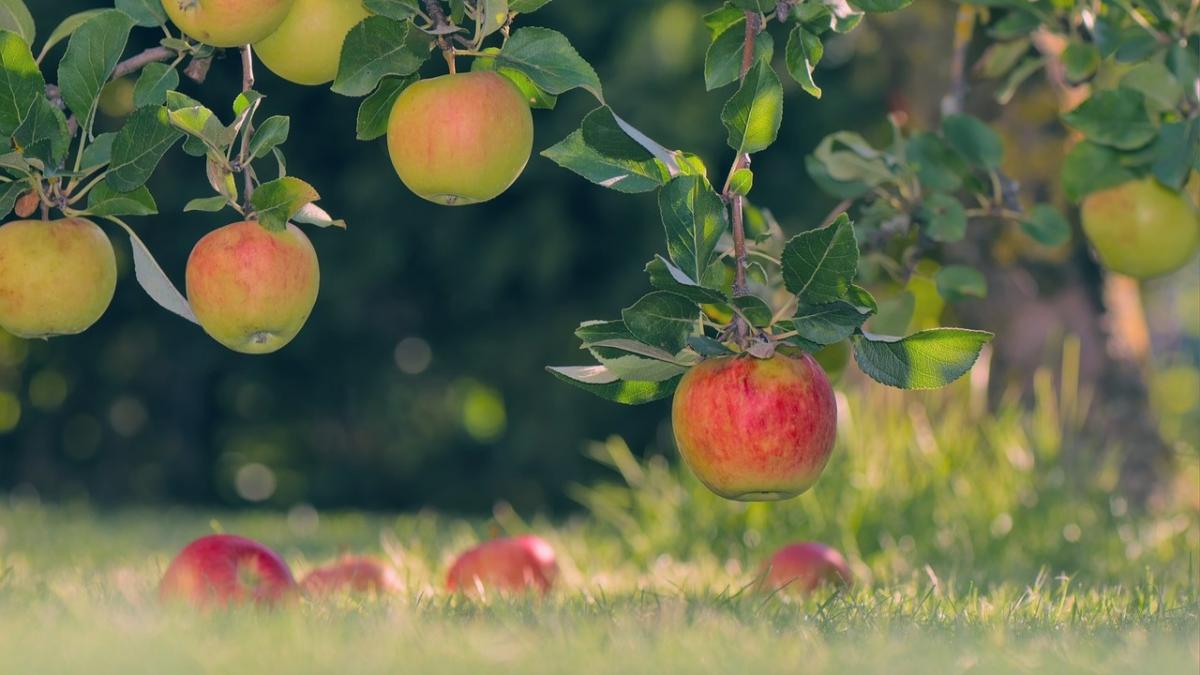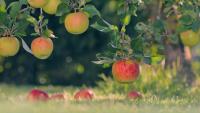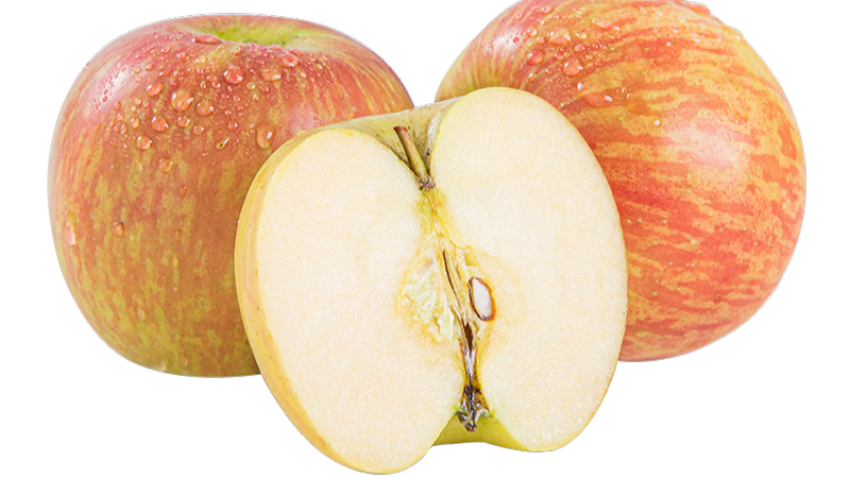You are here
Back to topNew Zealand’s Apple Sector Seeing Recovery in 2023/24

According to the New Zealand: Fresh Deciduous Fruit Semi-annual report recently released by the U.S. Department of Agriculture’s Foreign Agricultural Service, New Zealand’s apple industry is experiencing a recovery this season, as previously anticipated. This recovery has been attributed to factors such as the waning El Niño phenomenon, increased labor availability and innovative farming practices. Total apple production in the 2023/24 season is projected to reach 483,000 metric tons, a year-on-year increase of 9.0% from last season.
During Cyclone Gabrielle last year, the key apple-producing regions of Hawke’s Bay and Gisborne experienced extensive flooding and strong winds, resulting in severe damage to many orchards. As a result, total production in the 2022/23 season was only 443,000 metric tons, the lowest since 2007/08.
However, the aforementioned positive factors indicate better news for this season. According to estimates made by New Zealand’s Ministry for Primary Industries, the country’s apple planted area for the 2023/24 season is approximately 9,200 hectares, including 9,000 hectares of harvested area. Industry insiders have stated that weather conditions during the spring pollination and fruit setting periods were generally favorable for growth. Nonetheless, the fruit size is not ideal on account of very dry weather close to the harvest season.
New Zealand’s apple export volume for the 2023/24 season is expected to reach 330,000 metric tons, a year-on-year increase of 6.8%. Although this is significantly lower than historical levels, it represents a recovery following the destruction due to Cyclone Gabrielle. The total export volume in the 2022/23 season was 309,084 metric tons, marking the lowest figure since 2012/13.
Because of the advantage of counter-seasonal availability, market demand for New Zealand’s apples is anticipated to remain strong, with exports set to stay concentrated on Asian markets such as Vietnam, Thailand and China.
In the 2022/23 season, the Royal Gala variety had the highest export volume, but there was also growing demand for other varieties such as Honeycrisp, Dazzle and particularly Rockit. Growers are currently replacing damaged orchards and facing higher financing loan rates, which is influencing their choice of apple varieties by forcing them to focus on their return on investment. As a result, the planted area for traditional varieties such as Braeburn is decreasing. This variety accounted for 22% of New Zealand’s total apple planted area in the 2011/12 season but only 8% in the 2021/22 season.
In terms of shipping, Napier Port has been the primary port for New Zealand’s apple exports over the past five years, handling 61% of the total export volume. However, significant changes occurred during the 2022/23 season. Both Nelson and Tauranga witnessed a 35% increase in apple export volumes compared with the previous season, while the volume through Napier Port saw a significant 28% decrease.
Image: Pixabay
This article was translated from Chinese. Read the original article.













Add new comment